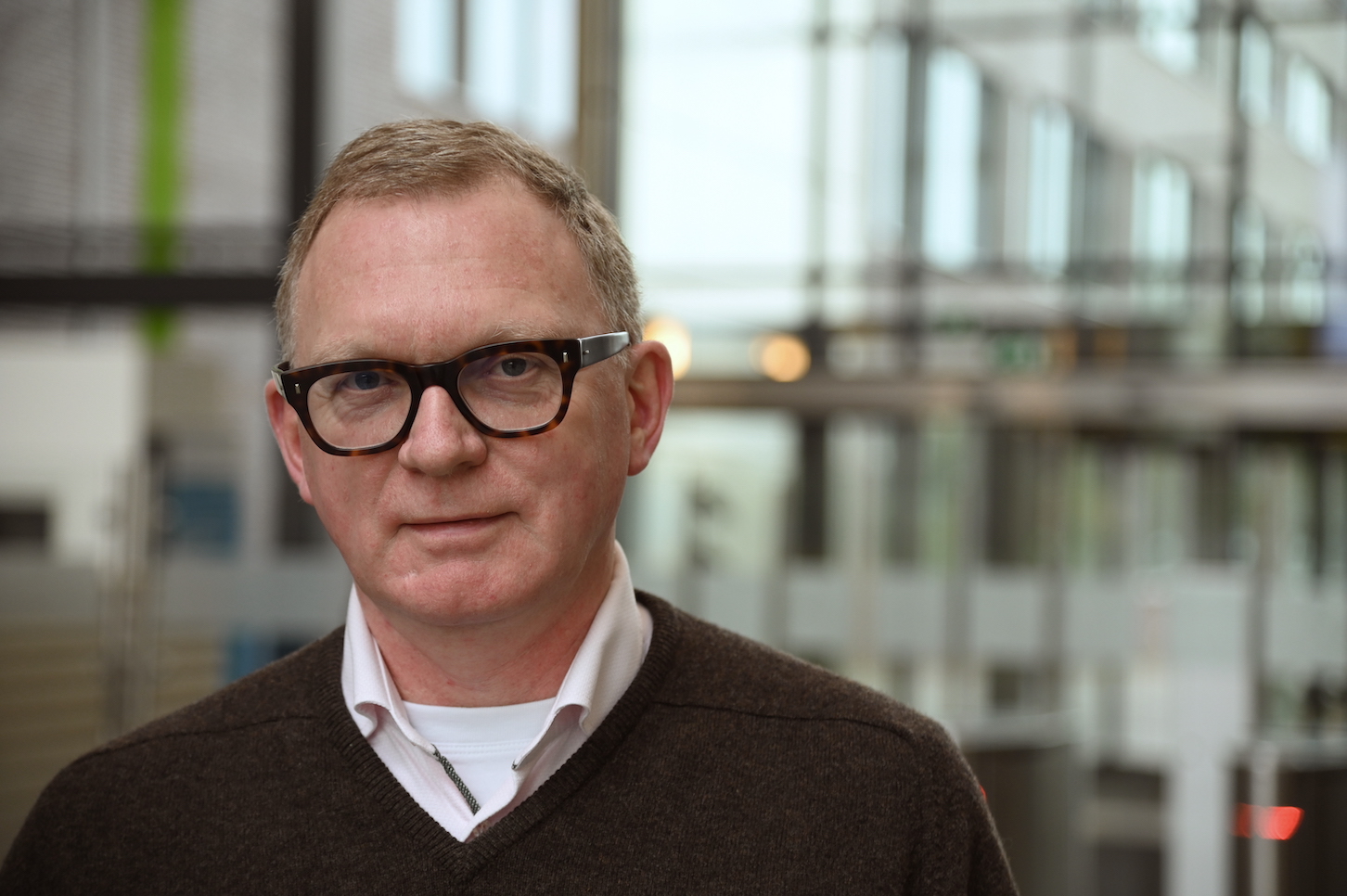EIES22 – If we want to speed up the transition, existing infrastructure and industrial clusters can play an important role in this, emphasizes Shell chief scientist Dirk Smit. ‘In time, new areas will undoubtedly become important. However, building new infrastructure and industrial clusters costs a lot of money and, above all, time’, he states. Smit is a key-talker at EIES22 at Chemelot on Nov. 29.
The advantage of many existing energy basins is that they also offer good opportunities for transition. Take the North Sea, for example. There is a lot under development and there are also opportunities a little further offshore. Smit: “Think of the area north of the Dutch coast, or north of Scotland, where fantastic use can be made of a lot of constant wind. There are not much better conditions for offshore wind. Also, the North Sea is not a deep sea, making the development of wind farms technically less difficult, think of the Dogger Bank, for example, or the southern North Sea where the sea is sometimes only twenty to forty meters deep.’
Good solutions
Moreover, the advantage of the North Sea is that many industrial infrastructures in the Rotterdam and Antwerp ports are nearby. In addition, empty gas fields under the North Sea can store CO2 from existing plants. ‘Especially in the transition from fossil to circular and bio-based fuels, and in the long run we may also start using CO2 in other ways.’ The wind farms, possibly in combination with electrolyzers, can provide industry with electricity and chemical building blocks such as hydrogen and ammonia. Think, for example, of the 200 MW green hydrogen plant that Shell is now going to build on the Maasvlakte. Good news, then, for northwestern Europe. Although the current energy crisis casts a shadow over the future of industry in Europe, the existing assets and infrastructure are not just walking away. Indeed, they can thus accelerate the transition, according to Smit. ‘Production of hydrogen or ammonia are both also very good solutions for energy transport and storage. As a result, the variation in power production from wind farms can be coped with, especially for heavy industries.’
Fears
There are also large population agglomerations around the North Sea. Smit: ‘Population centers must be within 1,000 kilometers of wind farms, for example. Otherwise, it becomes far too expensive to build electricity connections. Especially if attractive developments in new nuclear energy technology become available in the process, the de-industrialization of Europe, a fear that is currently on the rise, need not be the overriding scenario. At least not in the view of Shell’s chief scientist.





